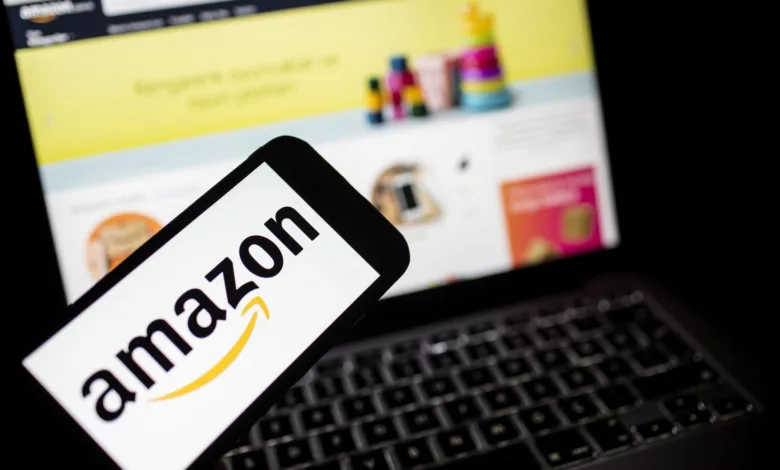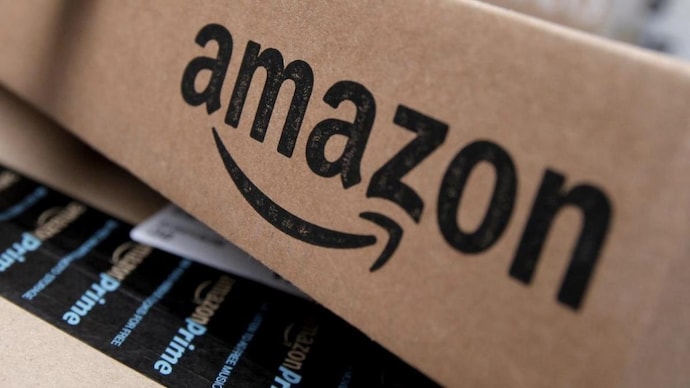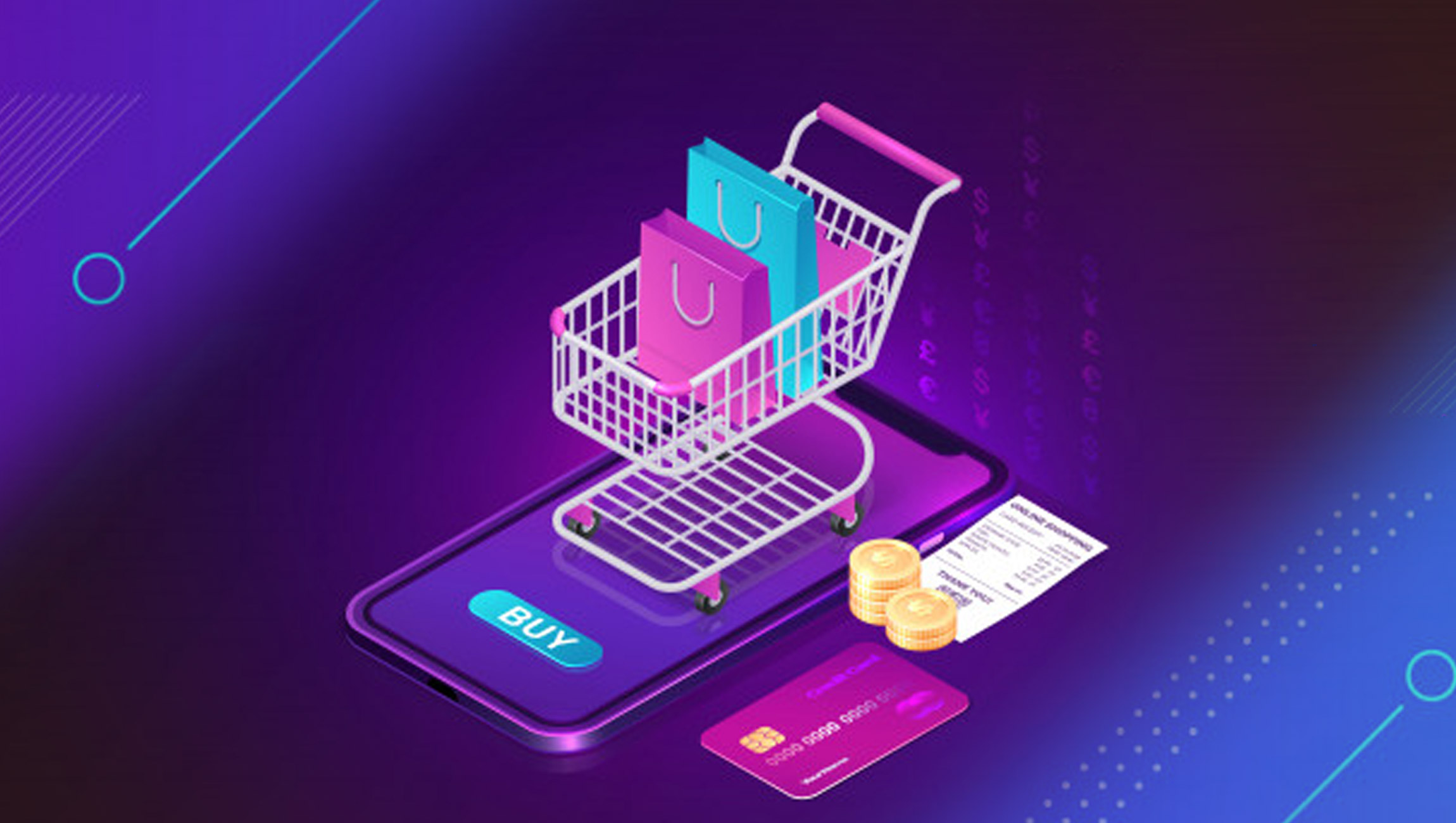Amazon, The ECommerce Platform Charges More Than 50% On Every Sale From The Sellers: Sellers Might Increase The Prices Of The Products To Pay The High Fees.
By charging an average commission of more than 50% on every sale, up from 40% five years ago, Amazon is increasing its control over the merchants that sell their products on its website. Although the amount that sellers pay Amazon has been increasing annually for the past six years, this is the first time the average cut has exceeded the revenue generated by each sale.

Amazon is one of the many eCommerce platforms that draw millions of online vendors from around the world. Online merchants are always looking for fresh ways to expand their customer base and this platform is a great way to connect.
Because of its steady growth and impressive sales results, Amazon is a major destination for retail eCommerce. Online merchants use Amazon to capitalize on the retailer’s extensive impact.
But, beyond sales and data, Amazon sellers should think about the difficulties they might encounter.
By charging an average commission of more than 50% on every sale, up from 40% five years ago, Amazon is increasing its control over the merchants that sell their products on its website. Although the amount that sellers pay Amazon has been increasing annually for the past six years, this is the first time the average cut has exceeded the revenue generated by each sale.
Because Amazon raised fulfilment costs and forced sellers to pay for advertising, sellers now have to pay more.
A typical Amazon seller pays a 15% transaction fee (Amazon refers to it as a referral fee), 20-35% in Fulfillment by Amazon expenses (including storage and other fees), and up to 15% for advertising and promotions on Amazon, according to P&Ls submitted by a sample of merchants.
The category, product price, size, weight, and business model of the seller all affect the final fees.
For more than ten years, the transaction cost has remained at 15%. Depending on the category, it can be as low as 8%. Fees for Fulfillment by Amazon (FBA) have been rising gradually.
Every year, Amazon has increased fulfillment prices and added hikes to storage fees. It’s uncommon for merchants to succeed without using FBA because selling on Amazon is correlated with doing so.

Amazon does not set the cost of advertising, but when more sellers opt to do so, the cost of advertising rises as a result of more competition. Amazon advertising is mandatory. Since advertising takes up the majority of the screen of real estate with the highest conversion rates, vendors must inevitably advertise in order to get found.
While many resellers and some sellers still pay very little for advertising, private label sellers frequently invest more than 10% of their revenues in building their brands.
Amazon sellers continue to pay increasing fees as a percentage of their sales each year. Sellers are not using more services, which would explain the increase. The same services have increased in price or have become mandatory.
The fees cover services that are not free anywhere else either. The cost of advertising on Google and Facebook, two of the main methods for acquiring customers, has also increased, and 3PL fulfillment services are not always less expensive than FBA.
Amazon fees pay for a lot of value; whether they are excessively expensive or have increased too quickly is up for debate. However, Amazon advertising and FBA are also necessary services; 50% of the cost of selling on Amazon goes toward paying for these services.
It’s challenging to properly contrast that bundle with online markets like Walmart and eBay or shopping platforms like Shopify. For instance, Walmart is less expensive than Amazon, especially for new sellers who can take advantage of discounted transaction fees.
Walmart can only partially replace Amazon; it is an order of magnitude smaller than Amazon. Additionally, direct-to-consumer e-commerce on websites like Shopify has a fundamentally different business model than traditional retail; costs are not the only factor.
Amazon’s primary online retail operation faces a significant challenge in maintaining earnings as sales decline. Without its lucrative cloud computing division, Amazon Web Services, the company would have experienced an operational loss of $10 billion in 2017.
By eliminating 18,000 corporate roles and focusing the company’s attention on important growth markets rather than investing in a haphazard portfolio of new products and services, CEO Andy Jassy is attempting to restore the balance.
Amazon raised the annual fee of a US Prime subscription by $20 in 2022 in response to escalating prices. The business revealed plans to charge for online grocery orders under $150 last month. It’s hazardous, nevertheless, to charge clients more. Merchants are less inclined to resist because many of them get 80% to 90% of their sales from Amazon.

Sellers and final consumers are getting affected by these high fees of the eCommerce platform.
To offset fee hikes, sellers are either boosting prices, stepping away from FBA, or completely stepping away from Amazon. However, sometimes they don’t know how little net profit they still have until the conclusion of the tax year.
A few sellers showed paying fees to Amazon equaling 60% or even 70% of their sales. Inventory, freight, personnel, and other costs remained unpaid.
Every seller has their own expenses for the products they offer. After all the costs in production and marketing, paying such high amount fees at Amazon will only bring losses for them no matter how many sales they make.
So, sellers sell their products at a high range of price just to cover all the expenses and make a little profit.
Turning a profit on Amazon, according to Chuck Gregorich, who sells fire pits and patio furniture, is becoming more challenging. He charges $200 for one of his well-liked fire pits, of which Amazon keeps $112 for commission, storage in a warehouse, delivery, and advertising.
He now has $88 left over to pay the producer, ship the item from China, and take care of his overhead. Because of a new pricing structure that went into effect in January and more adjustments planned for later in the year, he anticipates his Amazon logistics costs to rise by up to 8% this year.
According to Gregorich, who is based in Eau Claire, Wisconsin, He has to hike the rates and he already raised them significantly last year.
Gregorich has had to take on more of the logistics work himself due to the increasing fees. He said that other carriers could carry fire pits for around $28—roughly half of what it costs Amazon to deliver large products.
It’s no longer worthwhile to pay a premium, he claimed, as Amazon’s shipping service frequently takes longer than the two days that customers anticipate. Gregorich’s experience with delivery times, according to Dix, an Amazon spokeswoman, is the exception and does not represent the great majority of both Amazon sellers they deal with and customers that they deliver for.
According to Gwen McShea, president of Vermont’s Lean Edge Marketing, which serves around 70 clients, retailers of non-perishable groceries is in a different dilemma. One offers packages of popcorn suitable for snacks.
Having a 24-pack enables them to provide bulk discounts, however, due to the huge package size, Amazon has been raising prices. She claimed that in order to pay Amazon’s delivery costs, a six-pack must be marked up far above the price seen in physical stores.
Amazon commissions and other fees, such as those for packing and delivery, are outside the control of Amazon sellers. They only have power over advertising, and there are indications that they are restraining themselves. Amazon’s advertising revenue jumped 18.9% over the same period last year, which was still a strong gain but marked a significant slowdown.
On the other hand, consumers pay way more than what they get. A simple thing can get very expensive to buy over Amazon if the fees are at such a high rate.

Even after all these disadvantages of these eCommerce platforms, people are still using this in a large amount.
Numerous marketing study cases have been written about how Amazon so masterfully managed to seize our attention and turn become the go-to destination for many consumers.
Millions of active users visit eCommerce store Amazon every month to purchase goods.
Every retailer instantly builds credibility and confidence by adding their products to Amazon. This is so that some customers can purchase a product from Amazon rather than a store they have never heard of.
Many customers are persuaded to purchase items from Amazon by their assurance of quality and excellent customer service. Sellers shop benefits automatically from the fact that they have probably already had a positive Amazon shopping experience.
Speaking about increased sales, Amazon may assist you in establishing a clientele. It’s really simple to begin selling in many markets because Amazon is one of the biggest and most reliable global selling and buying platforms.
When compared to the majority of shopping cart systems, using Amazon to expand globally is significantly simpler. Magento supports several store views, whilst other platforms call for the creation of separate shops for every language. Without even knowing how well the product would sell in that area, that is a lot of labor.
edited and proofread by nikita sharma



